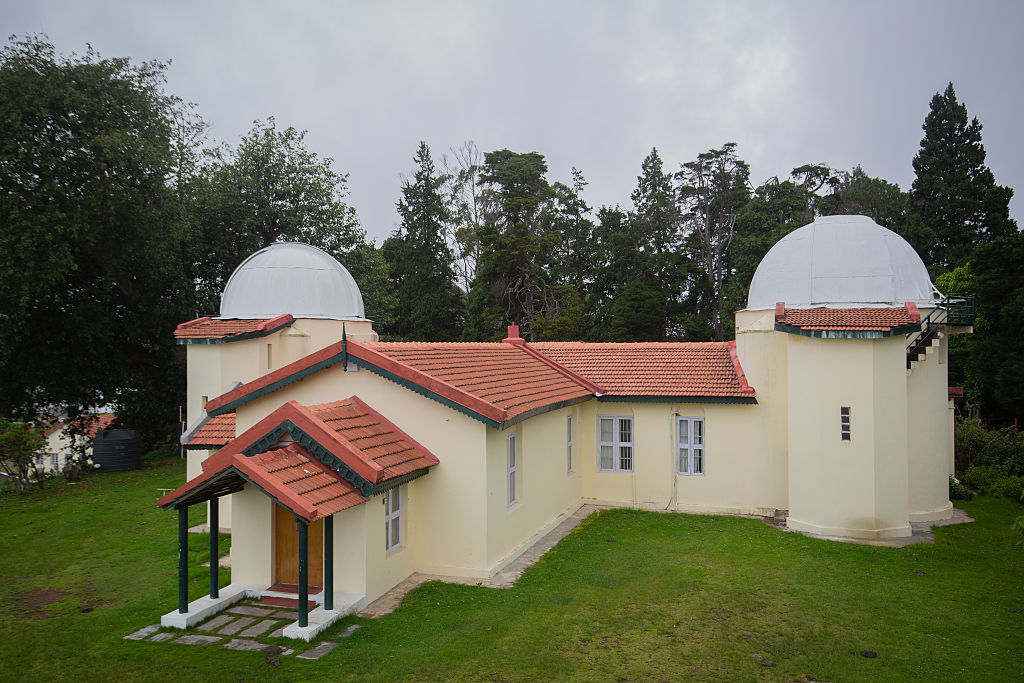Astronomers have tapped into more than a century’s worth of solar observations from the Kodaikanal Solar Observatory (KoSO) to reconstruct the Sun’s past polar magnetic behaviour—paving the way for better predictions of its future activity.
For decades, scientists across the world have tried to decode the Sun’s rhythmic patterns of sunspots, flares, and magnetic storms, which directly impact Earth’s environment, satellites, and power grids. A key to understanding these solar cycles lies hidden in the Sun’s polar magnetic fields. However, since direct measurements began only in the 1970s, information about the Sun’s polar fields from earlier periods has remained limited.
Researchers from the Aryabhatta Research Institute of Observational Sciences (ARIES), an autonomous institute under the Department of Science & Technology (DST), Government of India, have now found a breakthrough. Working with collaborators from the Indian Institute of Space Science and Technology (IIST), the Southwest Research Institute (USA), the Max Planck Institute for Solar System Research (Germany), and the INAF Astronomical Observatory of Rome (Italy), the team led by Dibya Kirti Mishra successfully reconstructed more than 100 years of the Sun’s magnetic history.
KoSO, operated by the Indian Institute of Astrophysics (IIA)—another DST institution—has been observing the Sun since 1904 in a special wavelength known as Ca II K. This wavelength reveals the Sun’s chromosphere, a layer just above its visible surface, and records bright patches called plages and magnetic networks. These features are directly linked to the Sun’s magnetic activity, preserving vital clues about its magnetism across a century.
By digitizing and analyzing this vast dataset, researchers combined KoSO’s historical images with more recent observations from Italy’s Rome-PSPT telescope. Using advanced feature-recognition algorithms, the team identified tiny bright structures near the Sun’s poles known as the “polar network.” This network acts as a reliable “proxy” for estimating the Sun’s polar field strength before direct measurements existed.
The study not only helps scientists reconstruct the Sun’s past magnetic cycles but also contributes to understanding Solar Cycle 25, which is currently underway. Such insights are crucial for predicting solar storms that can potentially disrupt communications, navigation systems, and power distribution on Earth.
Importantly, the entire dataset, including the reconstructed polar fields and Polar Network Index (PNI) values, has been made freely accessible on GitHub and Zenodo. This open release allows scientists worldwide to explore the Sun’s changing magnetic personality in unprecedented detail.














